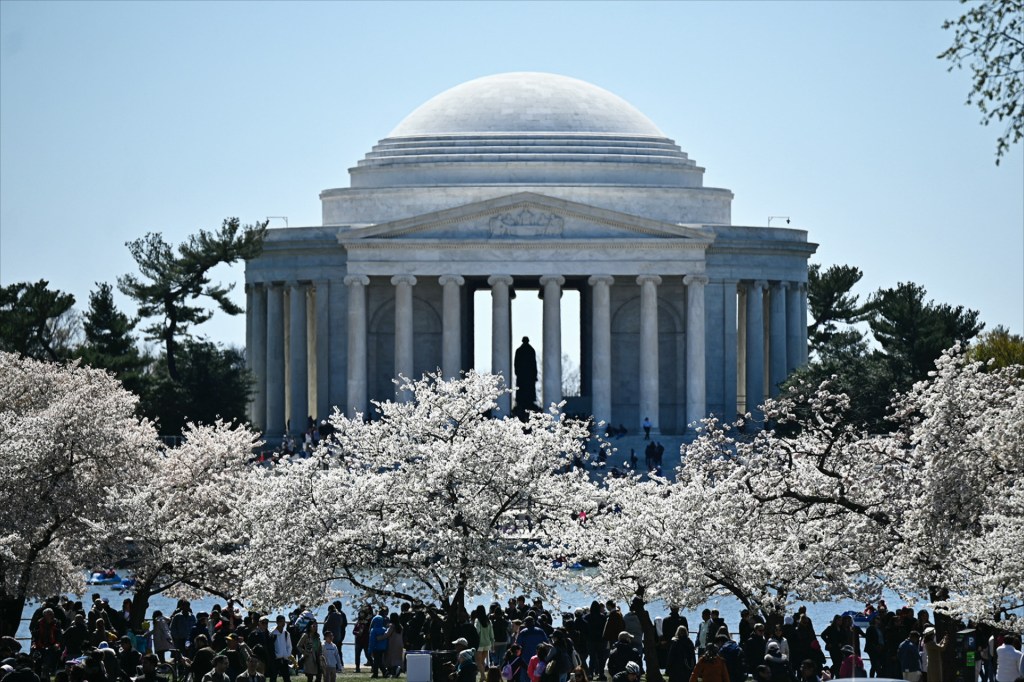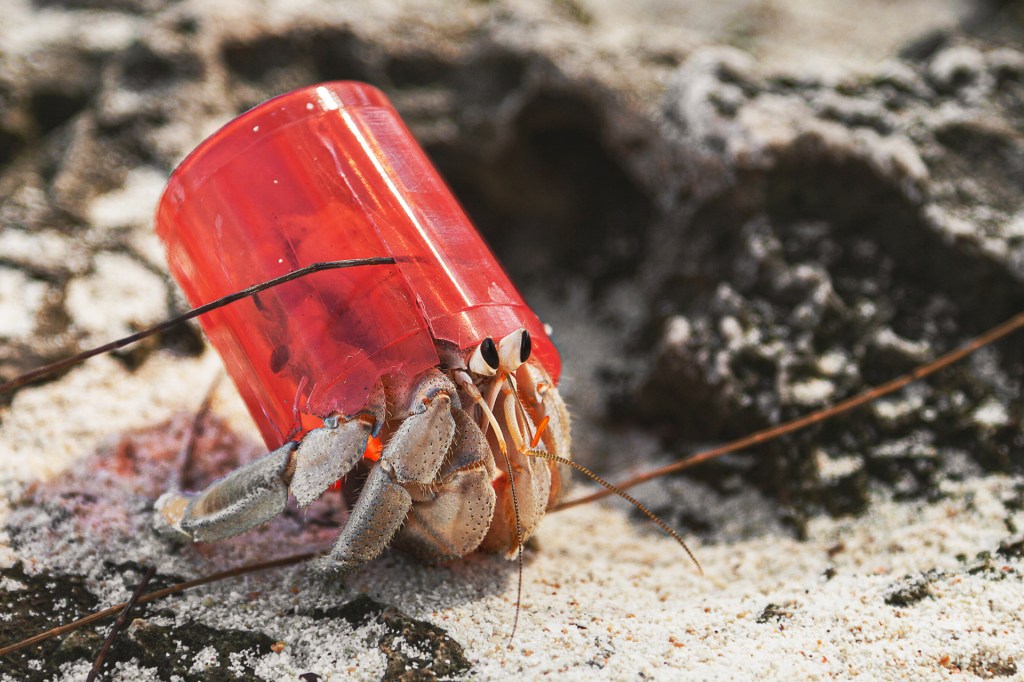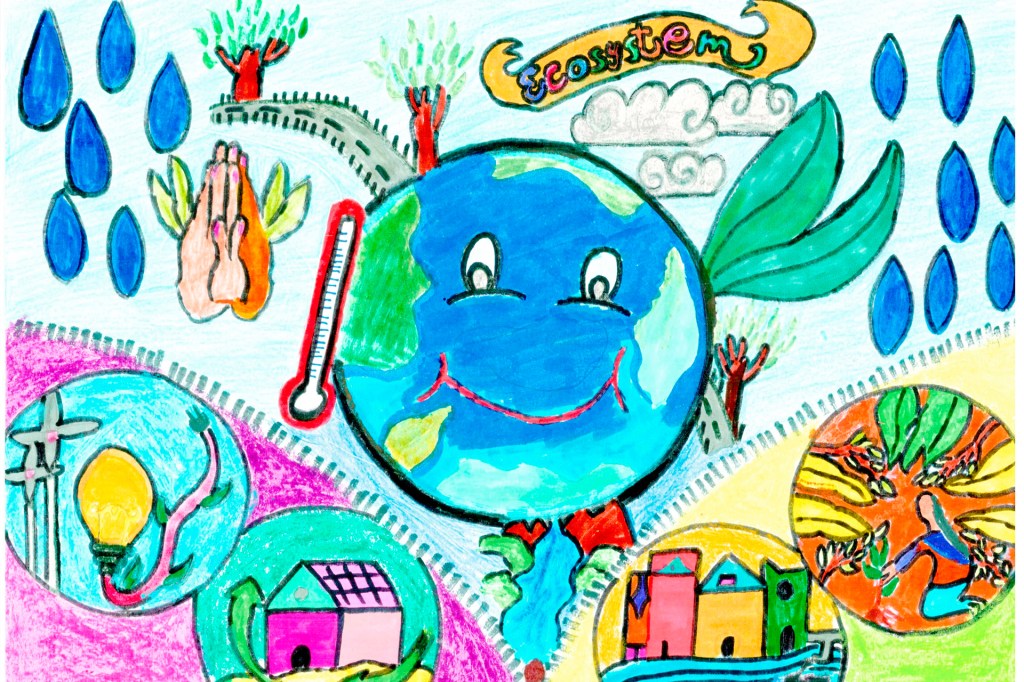Sea Change

Enric Sala is standing under a replica of a right whale, at the natural history museum in Washington, D.C. Sala is talking about whale poop.
That poop is food for tiny ocean organisms called plankton, he says. Plankton absorbs carbon dioxide, a planet-warming gas. It sinks to the seafloor and traps the gas. But if there are fewer whales in the ocean, there’s less plankton. That means more carbon dioxide in the atmosphere. And a warmer planet.
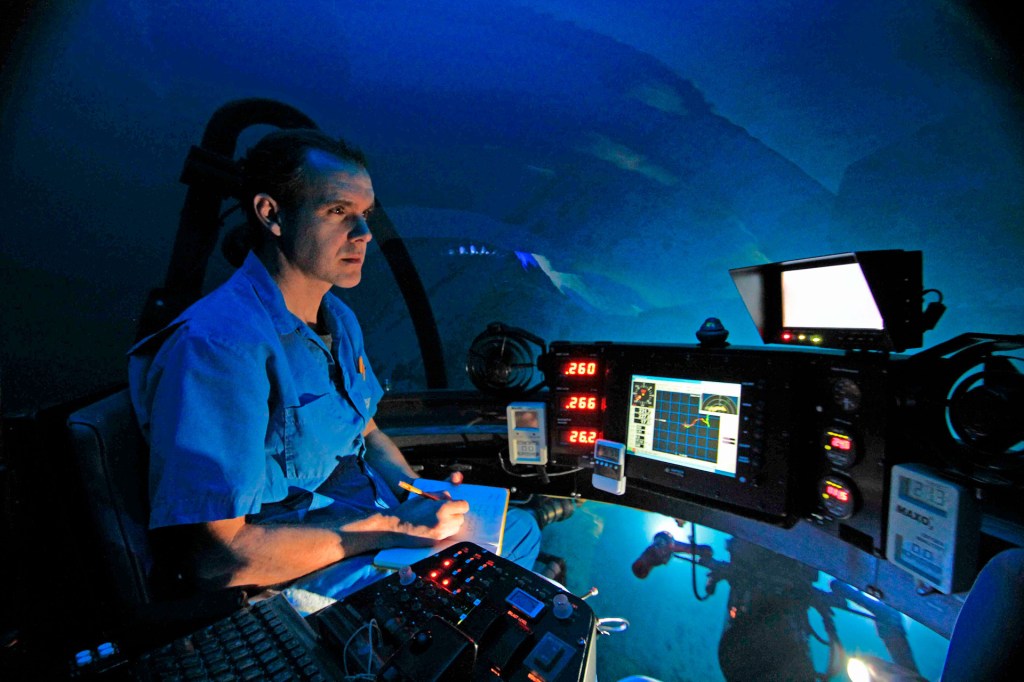
TAKING NOTE Enric Sala, founder of National Geographic’s Pristine Seas program, observes marine life from a submarine off the coast of Chile.
AVI KALPFER—NATIONAL GEOGRAPHICSala is good at explaining scientific events. That makes him a good ocean advocate. He has rallied governments all over the world to commit to protecting their coastlines and oceans. His Pristine Seas project has gotten more than 2 million square miles of coastline and ocean set aside as protected areas. These are some of the oceans’ most biodiverse biodiverse having many different species of plants and animals (adjective) Rainforests are biodiverse, because lots of different plants and animals live in them. places.
Protecting oceans can lessen the effects of burning fossil fuels, Sala says. “The more nature we have, the more nature will be able to absorb our impacts.”
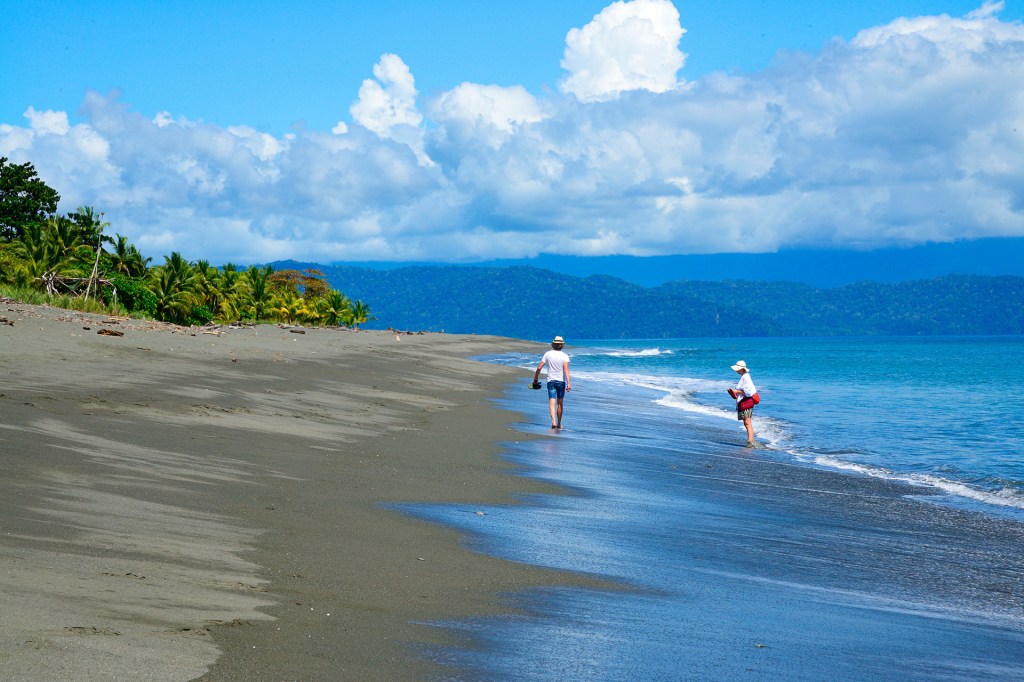
SAFE SPACE Fishing and dumping are not allowed on protected coastlines, like this one in Costa Rica.
PAOLO PICCIOTTO—REDA&CO/UNIVERSAL IMAGES GROUP/GETTY IMAGESMaking the Case
About 40% of the world’s oceans are experiencing a marine heat wave. That’s according to the National Oceanic and Atmospheric Administration. The heat is weakening ocean habitats. A quarter of all marine life depends on these habitats. People are affected, too. Fish that live in coral reefs provide food and income to people around the world.
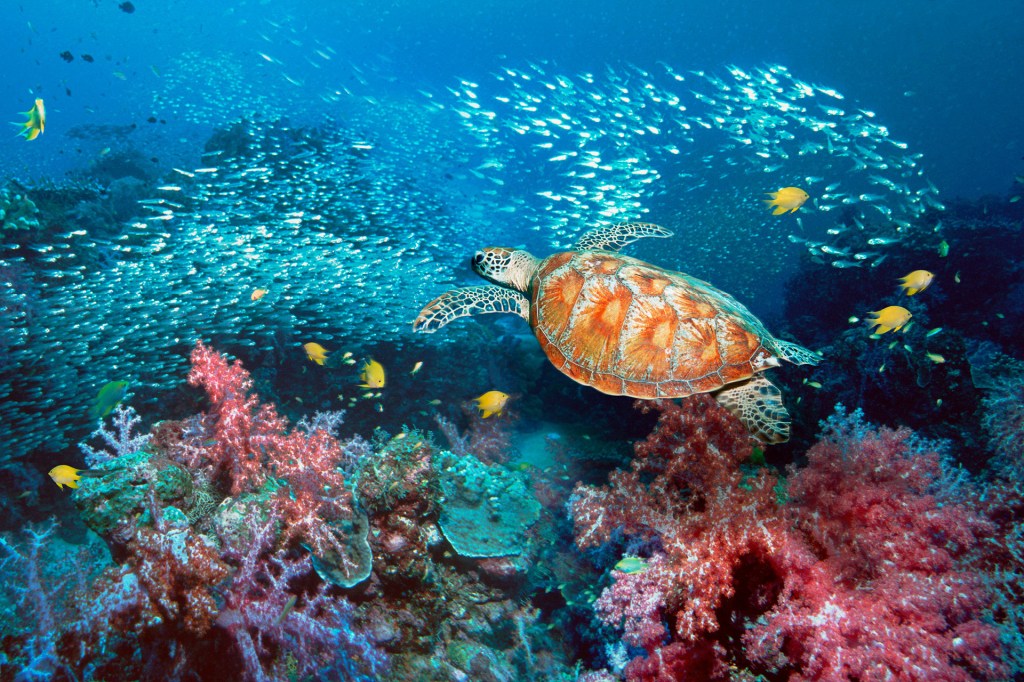
WILDLIFE Coral reefs, like this one in Thailand, are some of the most biodiverse places on Earth.
GEORGETTE DOUWMA—GETTY IMAGESSala’s solution is to identify areas of rich biodiversity and protect them. That requires help from people who can make a difference. In 2007, Sala founded Pristine Seas. It sends divers, submersibles, and cameras into the sea. Then it makes documentary films. The aim is to persuade governments to protect their coastlines.
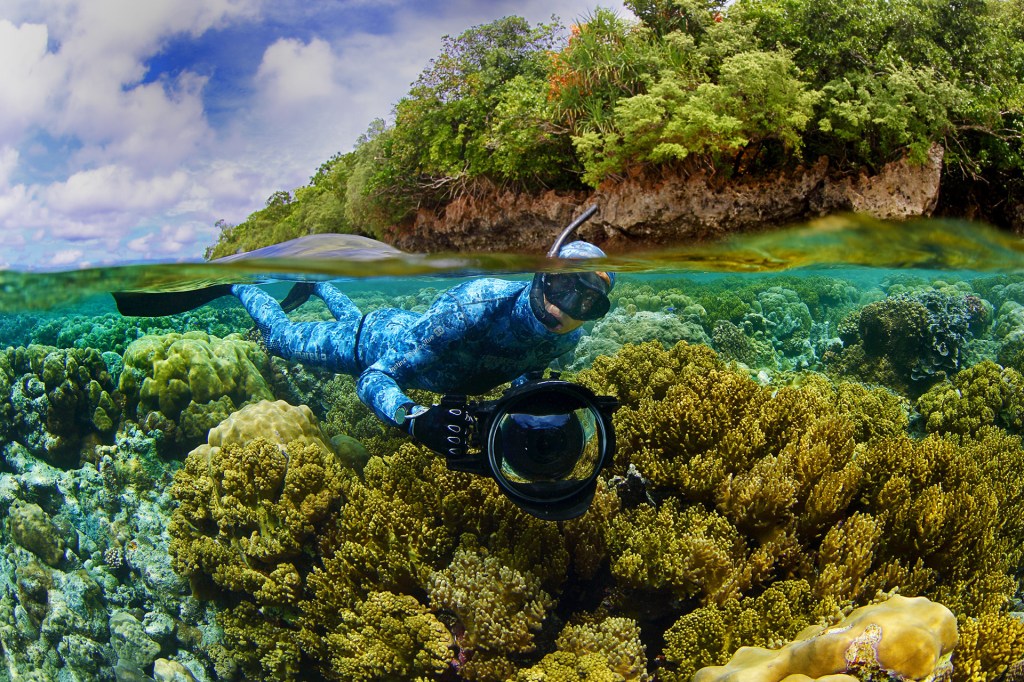
TAKING A DIP Sala explores a coral reef in Palau for the Pristine Seas program in 2014.
MANU SAN FÉLIX—NATIONAL GEOGRAPHIC PRISTINE SEAS
The effort pays off. For example, Colombia’s former president, Iván Duque, went on an expedition with Sala in 2022. Afterward, he more than doubled the country’s marine protected areas.
A Simple Idea
The news is full of grim stories about the environment. Sala’s antidote antidote something that counteracts the effects of poison (noun) I carry the antidote for a bee sting in my purse. is hope. “Offering an option” to protect the oceans is appealing, Jane Lubchenco says. She’s a marine ecologist. “People can actually see there’s something they can do.”
Nature can bounce back, Sala says. Bleached coral reefs (see “Color Fade”) can recover. But that’s only when they’re part of a balanced ecosystem. That includes predators like sharks and the animals they prey on.
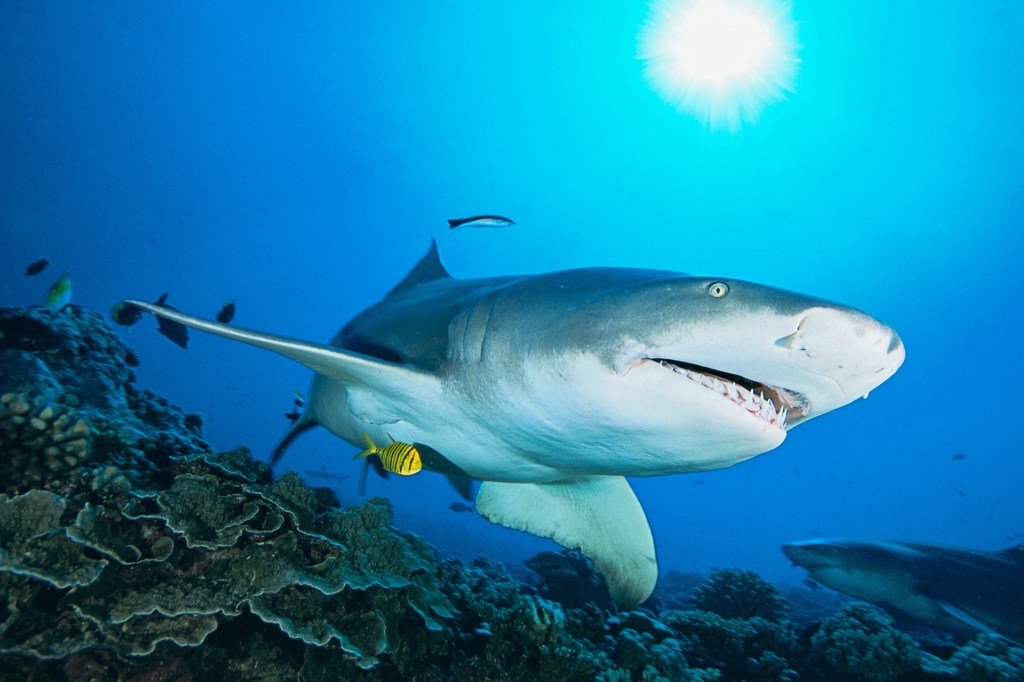
KEEPING A BALANCE Sharks and the animals they feed on are part of the healthy ecosystem around a coral reef.
ALEXIS ROSENFELD—GETTY IMAGES“The only way to have more marine life is to set some places aside so it can thrive,” Sala says. “It’s as simple as this.”
Color Fade
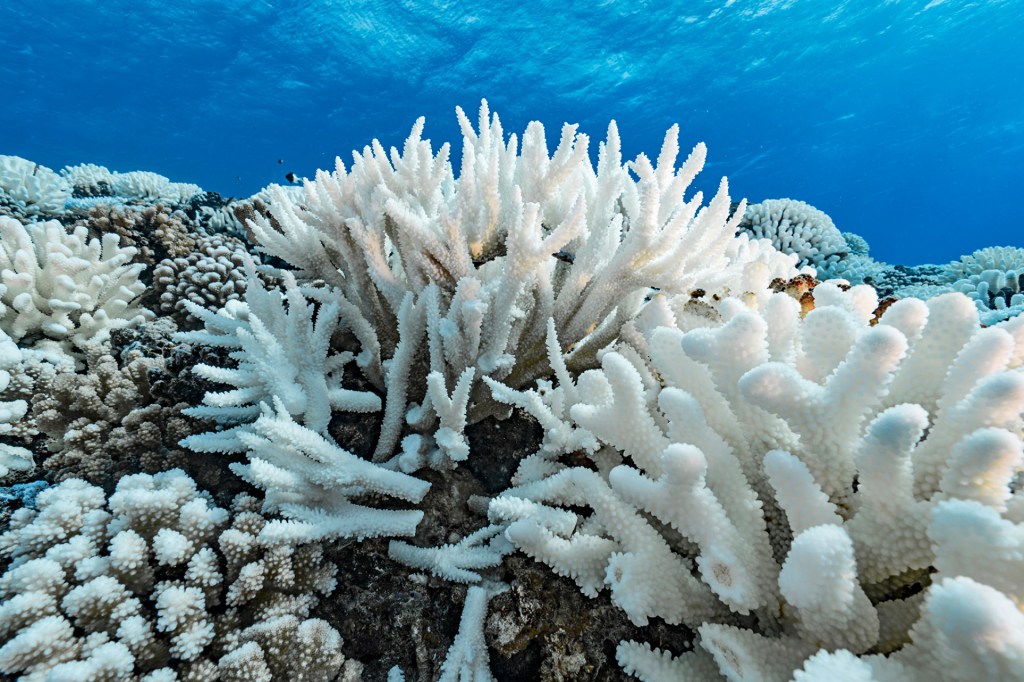
One way to spot an unhealthy coral reef is by its bleaching. This happens when corals are under stress. Changes in conditions, such as warming waters or pollution, can cause stress.
Coral gets its color from algae. These tiny organisms live in the coral. But under stress, algae leave their home. This deprives the coral of nutrients, causing it to turn pale. Fish and other marine animals depend on the coral. But they leave too. That upsets the whole ecosystem.




